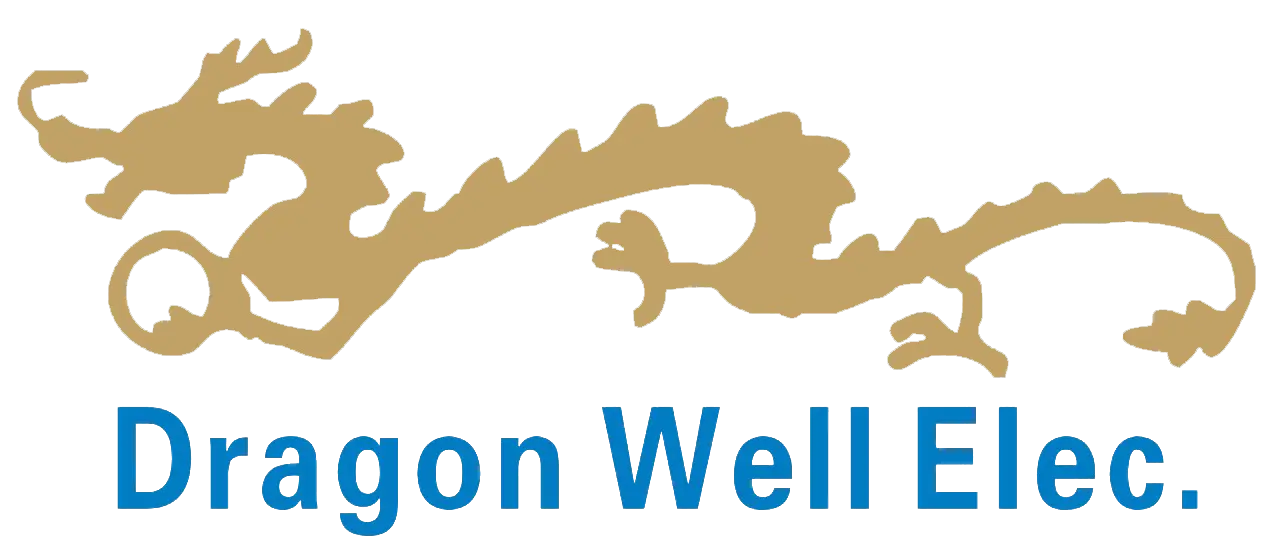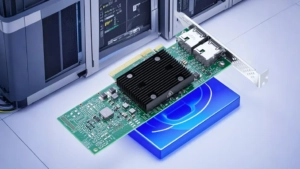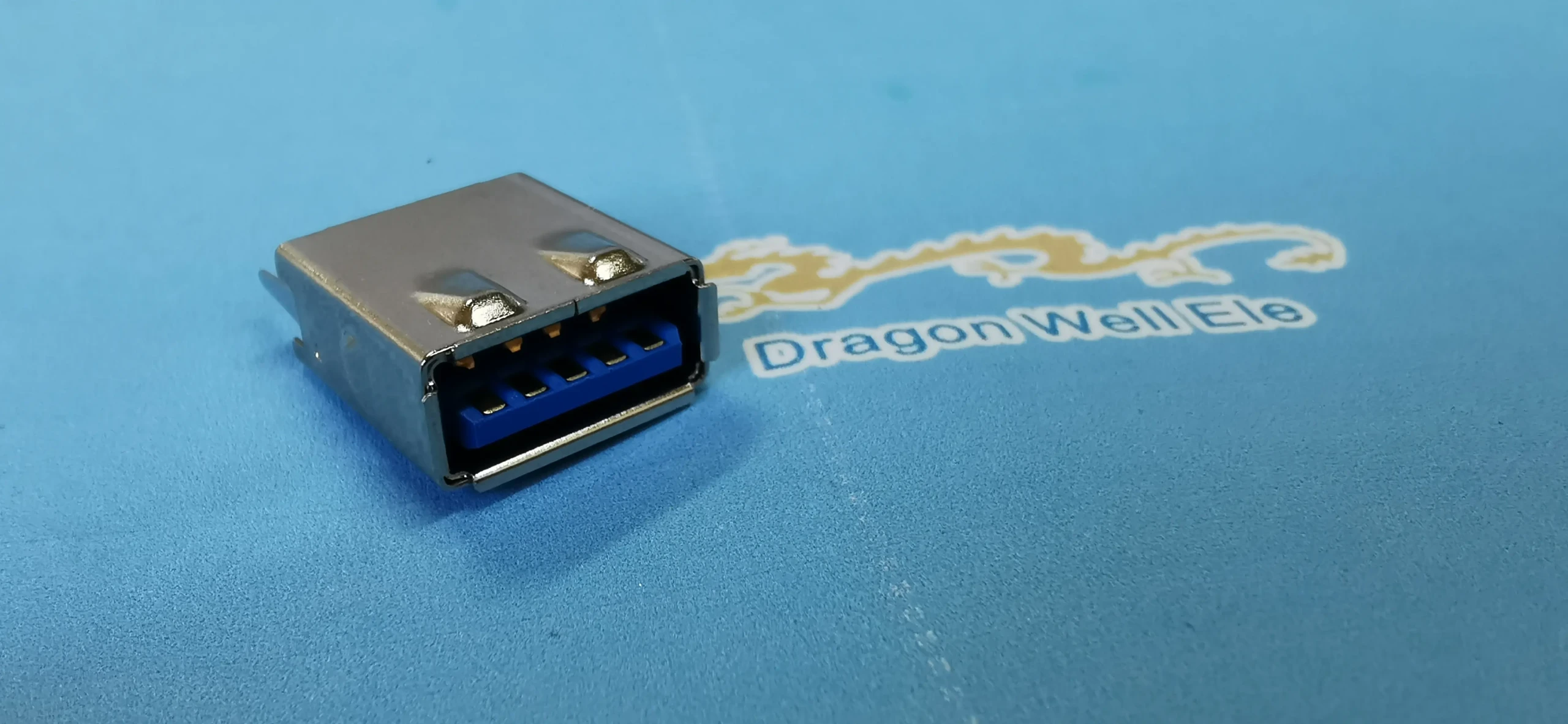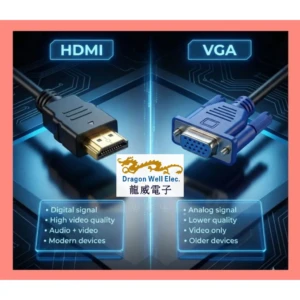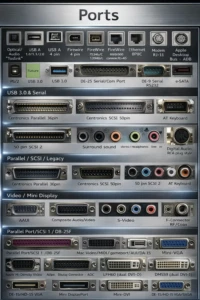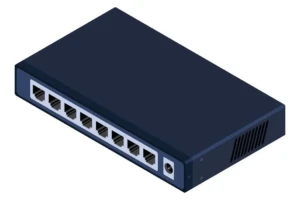The scene is so familiar: you reach for the charger in the dim hotel room, fumble on the cable Just right. The whirlwind and frustrated dance ends tonight. You’ve just experienced the quiet revolution of USB Type-C connectors when you connect your laptop smoothly with satisfying clicks (no second attempt required). It’s not just another port. This is the cornerstone of a unified technology ecosystem that reshapes how power and data move through our devices.
The evolution of USB: From dispersion to unification
For decades, the USB standard has multiplied the forks like a fork on the Michelin-star tasting menu – iterating promising improvements, but creating compatibility confusion. The asymmetric design of the original USB-A became a common pain point, while Mini-USB and Micro-USB further shattered the landscape. type-c is not another option, Antidote This confusion. Its symmetrical, reversible design is just the beginning – a Trojan horse with transformational capabilities:
- Bidirectional power transmission (Use USB PD 3.1 up to 240W) Compete with dedicated charging ports
- 40Gbps data transmission (USB4 version 2.0) Enable 8K display support
- Alternative mode Support DisplayPort, HDMI and Thunderbolt 3/4
Why luxury technology needs C-type advantages
For discerning users who expect every interaction to be seamless, C type-C has become unnegotiable. Consider its impact on high-end ecosystems:
- Advanced Corlogerie Compatibility: The luxury smart phone is reflected in the use of thinner C-charged ice pucks, which can be supplemented with polished titanium boxes
- Car elegance: German engineering miracle embedded in invisible C port with gold connector
- Custom calculations: $15,000 workstation laptops rely on C single-type dock for 10GBE, dual 6K displays and peripheral power
The connector’s 0.83mm zirconia ceramic shield (optional in advanced implementation) ensures over 10,000 mating cycles without cosmetic degradation, which is essential for collectors who consider the device as a functional art.
Hidden architecture powered type-c complexity
The sleek appearance below is a precisely engineered orchestra:
- 24-pin asymmetric matrix: Maintain signal integrity across high-speed protocols
- Electronic field chip: Intelligent handshake protocol authenticates the cable and negotiates the power contract
- Speed + channel: A separate lane with USB 3.2 Gen 2×2 (20Gbps) with legacy USB 2.0
Leading manufacturers such as Dragon Well Electronics use nanocoating technology (using steam-deposited pentylene) to create corrosion-resistant interfaces, surviving salt spray tests (ASTM B117) and a 95% humidity environment.
When a port rules all of this: Consolidation is imperative
Apple removed legacy ports from MacBooks, which proved to be visionary. Today’s luxury equipment needs:
- Zero-compromising aesthetics: Single-type port layout maintains uninterrupted aluminum edges
- Travel elegant: Global executives come with 100W GAN charger for all devices
- Future protection: Type-C’s roadmap extends to USB4 80Gbps (2023 specifications) and optical hybrid design
Featured Ecosystems: Beyond the Connectors themselves
True mastery lies in planning complementary technology:
- Customize overselling: Silicone rubber strain relief tailored for the radius of curvature of the equipment
- EMI Fortress Design: Ferrite beads and ground mesh buildings
- Heat Harmony: Liquid crystal polymer (LCP) insulating material withstands 260°C reflux when managing crosstalk
These elements explain why Dragon Well’s automotive-grade solution (tested for USCAR-2 vibration specifications) has powered instruments in Bentley’s latest models, both in form and in functionality.
Navigating Type-C Landscape: A Connoisseur’s Guide
Not all implementations of C are equal to hype. To identify users, verify:
- Certification mark: USB-if the logo with tid number (e.g. 123456)
- Performance layer: Normal Type-C≠Thunderbolt 4 (Looking for Lightning Icon)
- Material lineage: Tyrel copper contact with 0.2μm gold plated (with standard brass)
Premium suppliers now offer unheard of customization in mass-market connectors: laser etching family crests on port collars, strain reliefs wrapped in gemstones, and even IR-Blocking Sapphire Windows for secure data areas.
Horizon Scan: What’s next for Type-C Royalties?
The interface continues to evolve to meet tomorrow’s luxury technology needs:
- Photon integration: Operation of hybrid electrical/optical ports with zero loss 1M+ cables
- Solid-state relay: Use contactless electric transmission instead of physical pins
- Biometric verification: Fingerprint sensor embedded in the cable head
These innovations will debut in Paris studios and Silicon Valley Design Labs, and then drip – since pioneering Vertu’s signature phone model Well’s 1st-tier customer.
Conclusion
USB Type-C represents superior engineering excellence in conformity with the rare fusion of user-centric design. More than just one Standard – Yes this Standard, eliminating equipment thinner than Cartier can watches, thus eliminating the cognitive tax on compatibility. As we stride towards the future of single-port, connectors become invisible, not due to absence, but through perfect execution.
For brands that make heirloom electronics and buyers demand permanent relevance, C type-C is the encryption key for tomorrow’s ecosystem. After all, real luxury has nothing to do with exaggeration, but about relaxation. Nothing is easier to say than a connection that works perfectly every time.
Discover how Dragon Well’s Type-C solution maintains contact erasing accuracy of 12μm during extreme operation from -55°C to 125°C – designed for devices that cannot be selected for faults. Because when your reputation is defined by reliability, the connector will become an excellent silent guardian.
